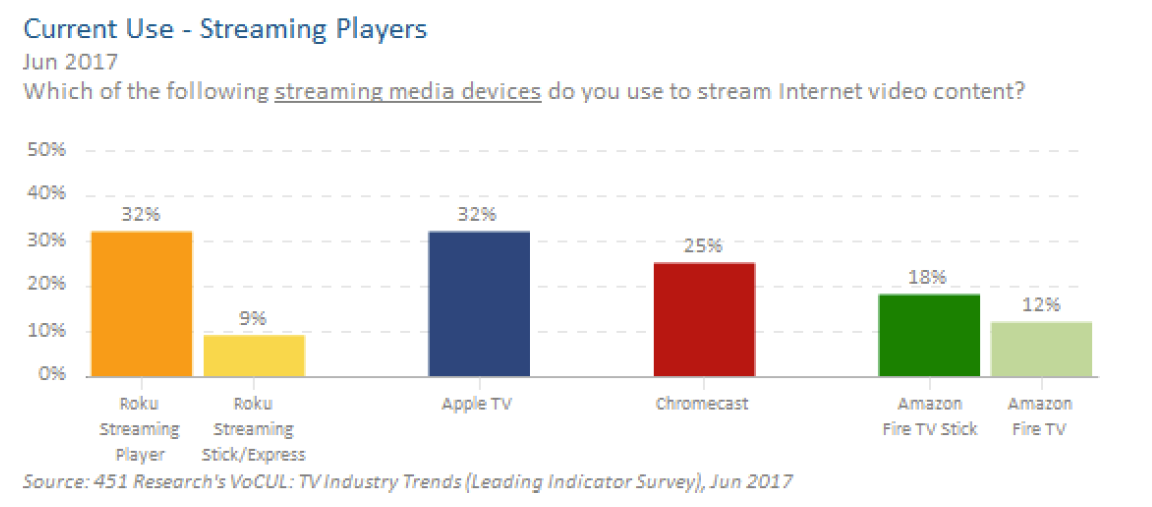Contact:Scott Denne, Scott Crawford, Garrett Bekker
Guidewire Software has printed its most significant deal to date with the acquisition of Cyence, a provider of risk analytics. Not only does the $275m price tag ($265m net of cash) make it Guidewire’s largest transaction so far, it extends the acquirer’s ambitions as an insurance software provider in a way that none of its previous purchases have.
Cyence applies data science to the monitoring of cyber and other data relevant to understanding the nature and impact of technology risk. The company enables insurers to price policies for new lines of business around emerging risk. Cybersecurity insurance is the first application for the technology – reputational insurance and others will come later.
This isn’t Guidewire’s first foray into analytics, as it picked up EagleEye Analytics last year in a $42m deal. In that transaction, the company obtained analytics tools that directly complemented its insurance workflow suite (underwriting management, claims processing, billing). With Cyence, it plans to play a role in the creation of new insurance products, a significant expansion in the value proposition that built Guidewire over the past decade and a half – replacing legacy insurance systems with modern software and (more recently) SaaS.
Expanding a company’s value proposition doesn’t come cheap. Guidewire will pay $140m in cash and $125m in stock (a small portion of which will be reserved for an earnout). Founded in 2014, Cyence has an annual revenue run rate of about $15m, putting the multiple well beyond the 4x trailing revenue Guidewire paid in its only other $100m-plus deal, the $160m acquisition of claims management SaaS vendor ISCS in December 2016.
Guidewire isn’t the only player looking to help insurance providers price emerging risks lurking on company balance sheets. Vendors focused on third-party tech risk such as BitSight and Prevalent have targeted the cyber-insurance market as well, which also drove FICO’s acquisition of QuadMetrics in June 2016.
Union Square Advisors advised Guidewire on the deal.
For more real-time information on tech M&A, follow us on Twitter @451TechMnA.



